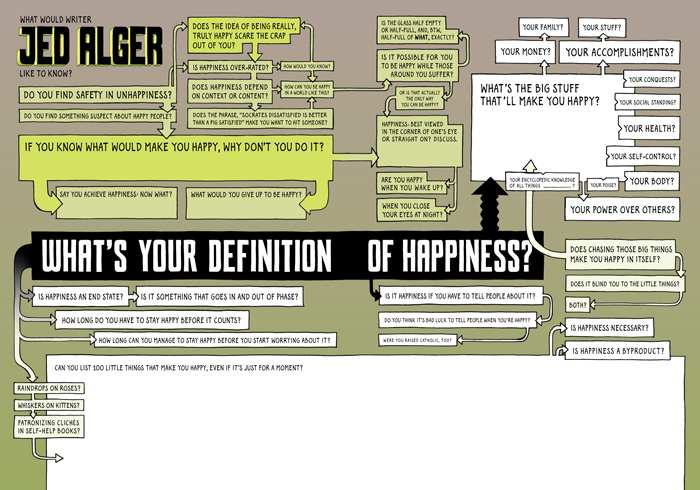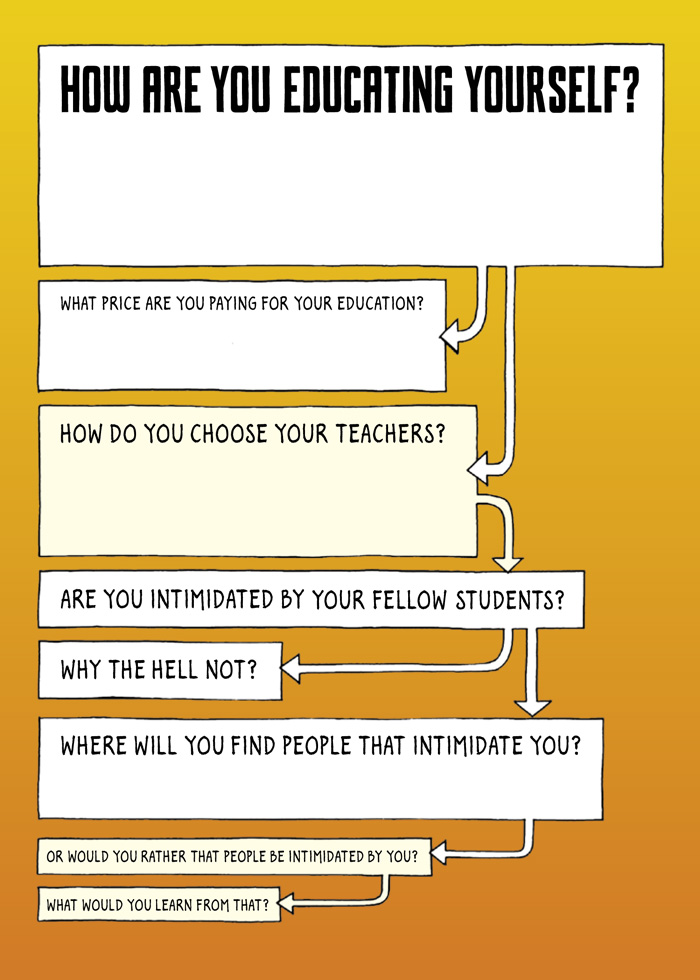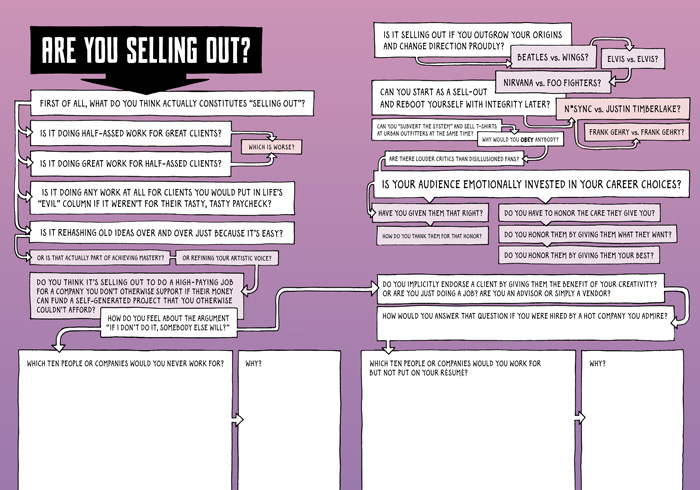Speaking as one, here's what I think any artist would love to get as a gift this holiday season (from big ticket to stocking stuffers).
1. A handwritten letter that specifically and deliberately tells me what you like, enjoy, appreciate and find interesting about my work. We so often feel like our work is out there in a vacuum. We would love to know what you like about it, what it makes you feel like. I know these things are hard to put into words, but putting them into the words you can really would make us happy!
2. Scratch materials -- what do you see in my studio that gets used over and over? Maybe (for any textile artist, any way) a terrific new set of scissors, even a coupon for scissor sharpening or a sewing machine cleaning would be very appreciated gifts. Quality watercolor pads are expensive and always welcome for the water media painter. A gallon of gel medium or tar gel might make the heart of any mixed media artist happy. If all else fails, a gift certificate from one of the online art stores or fabric stores could be just the ticket. Check out Jerry's Artorama, Dick Blick, Dharma Trading Company, or Pro-Chem.
3. If the artist on your lists likes blank books, just some really functional ones like the black bound ones from any art or book store will do. Different sizes are fun to have.
4. At the top end of the gift bestowing standard, (if your artist doesn't already have one) a new iPad tablet. Whooo Hoooo! Or if your artist already has one, how about an iTunes gift card for those apps that just need testing out. Another idea would be an iPad workshop for said iPad-owning artist -- there are some online ones, and (modestly, I say) I am teaching one here at El Cielo March 1-3.

5. Speaking of workshops, another welcome gift might be a gift certificate for travel or lodging to be used at a workshop or conference, or a workshop or conference fee paid in advance. The Surface Design Association conference will be held in San Antonio in June, a great gift to give any fiber, mixed media or textile artist on your list. For an event less directly art related, but inspirational for any artist, see if there is a TEDX event scheduled in your community and offer your artist the means to attend (there might be a fee, parking, babysitting, whatever it takes).
6. At the other end of the supply spectrum from a supply something used everyday, how about giving a luxury, unusual, international or unusual material that you think your artist could use in her or his work. Some treats that I've seen online lately:
Shizen papers -- handmade papers from Asia and elsewhere -- (lots of arts stores online carry these)

7. Something inspiring. For example, an art book of one of your artist's favorite artist. A big beautiful picture/photo book of something your artist includes in his or her work (fruit, flowers, landscapes, shells). A book about creativity, such as my own THE MISSING ALPHABET (yes, for parents, but it's a great book for those of us looking for artist dates for our inner artist kid) Inspired, How creative people think, work and find inspiration, or The Art of Looking Sideways:
8. Travel. Travel is inspiring to most, if not all, artists. Maybe its just an overnight to a nearby city with an art exhibit worth seeing, or a weekend to a nearby spot of natural beauty -- or an extravagant gift of India or Italy. Be sure to package the gift with an appropriate postcards, set of travel tools (book, watercolor or sketch tools, guidebook or tickets!).
9. A gift certificate for your artist to make a hard-cover book of his or her art using iPhoto, Blurb or Lulu, or another of the online publish-on-demand sources. You can specify hard cover or soft, size, type of paper (choose the upgrade for better art reproduction).
10. With caution I suggest, A studio clean-up partnership-- just make a little coupon offering your services for a weekend clean-a-thon, and throw in some new storage containers, plastic boxes, filing ideas or other support for an organized workspace. You'll know whether your artist would welcome or reject such a gift -- some of us like our messy ways, others would love some help putting things into order (even if chaos was just around the next corner!) For additional inspiration, add a subscription to Studios, the Interweave Press publication that showcases wonderful artist studios of all kinds, sizes and shapes.
Do you have idea? Post them in the comments section and we'll see how many of us get the gift we really want this holiday season!





























